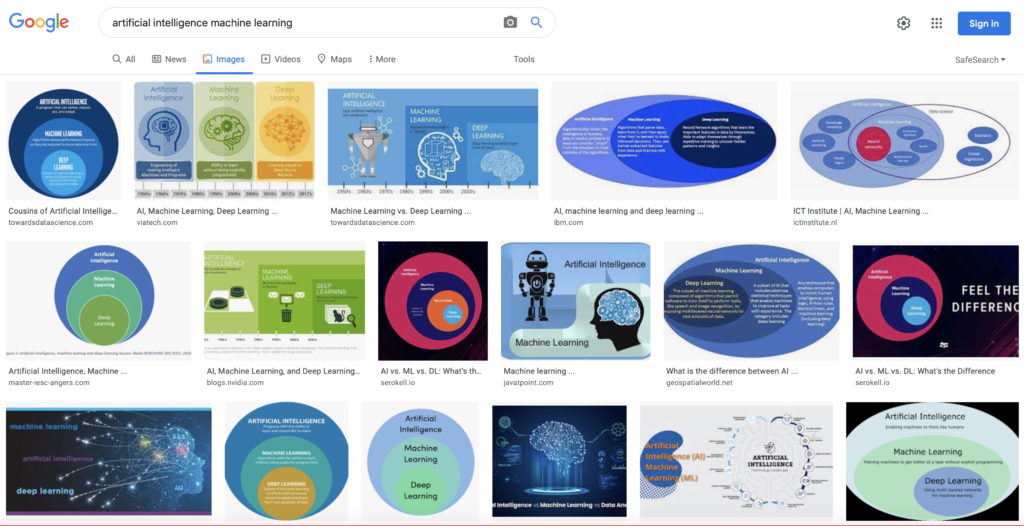We used to call it “Chemometrics”
Feb 23, 2022
The term chemometrics was coined by Svante Wold in a grant application he submitted in 1971 while at the University of Umeå. Supposedly, he thought that creating a new term, (in Swedish it is ‘kemometri’), would increase the likelihood of his application being funded. In 1974, while on a visit to the University of Washington, Svante and Bruce Kowalski founded the International Chemometrics Society over dinner at the Casa Lupita Mexican restaurant. I’d guess that margaritas were involved. (Fun fact: I lived just a block from Casa Lupita in the late 70s and 80s.)

Chemometrics is a good word. The “chemo” part of course refers to chemistry and “metrics” indicates that it is a measurement science: a metric is a meaningful measurement taken over a period of time that communicates vital information about a process or activity, leading to fact-based decisions. Chemometrics is therefore measurement science in the area of chemical applications. Many other fields have their metrics: econometrics, psychometrics, biometrics. Chemical data is also generated in many other fields including biology, biochemistry, medicine and chemical engineering.
So chemometrics is defined as the chemical discipline that uses mathematical, statistical, and other methods employing formal logic to design or select optimal measurement procedures and experiments, and to provide maximum relevant chemical information by analyzing chemical data.
In spite of being a nearly perfect word to capture what we do here at Eigenvector, there are two significant problems encountered when using the term Chemometrics: 1) In spite of the existence of the field for nearly five decades and two dedicated journals (Journal of Chemometrics and Chemometrics and Intelligent Laboratory Systems), the term is not widely known. I still run into graduates of chemistry programs who have never heard the term, and of course it is even less well known in the related disciplines, and less yet in the general population. 2) Many that are familiar with the term think it refers to a collection of primarily projection methods, (e.g. Principal Components Analysis (PCA), Partial Least Squares Regression (PLS)), and therefore other Machine Learning (ML) methods (e.g. Artificial Neural Networks (ANN), Support Vector Machines (SVM)) are not chemometrics regardless of where they are applied. Problem number 2 is exacerbated by the current Artificial Intelligence (AI) buzz and the proclivity of managers and executives towards things that are new and shiny: “We have to start using AI!”

This wouldn’t matter much if choosing the right terms wasn’t so critical to being found. Search engines pretty much deliver what was asked for. So you have to be sure you are using terms that are actually being searched on. So what to use?
A common definition of artificial intelligence is the theory and development of computer systems able to perform tasks that normally require human intelligence. This is a rather low bar. Many of the models we develop make better predictions than humans could to begin with. But AI is generally associated with problems such as visual perception and speech recognition, things that humans are particularly adept at. These AI applications generally require very complex deep neural networks etc. And so while you could say we do AI this feels like too much hyperbole, and certainly there are other arguments against using this term loosely.
Machine learning is the use and development of computer systems that are able to learn and adapt without following explicit instructions, by using algorithms and statistical models to analyze and draw inferences from patterns in data. Most researchers (apparently) view ML as a subset of AI. Do a search on “artificial intelligence machine learning images” and you’ll find many Venn diagrams illustrating this. I tend to see it as the other way around: AI is the subset of ML that uses complex models to address problems like visual perception. I’ve always had a problem with the term “learning” as it anthropomorphizes data models: they don’t learn, they are parameterized! (If these models really do learn I’m forced to conclude that I’m just a machine made out of meat.) In any case, models from Principal Components Regression (PCR) through XGBoost are commonly considered ML models, so certainly the term machine learning applies to our software.

Process analytics is a much less used term and particular to chemical process data modeling and analysis. There are however conferences and research centers that use this term in their name, e.g. IFPAC, APACT and CPACT. Cheminformatics sounds relevant to what we do but in fact the term refers to the use of physical chemistry theory with computer and information science techniques in order to predict the properties and interactions of chemicals.
Data science is defined as the field that uses scientific methods, processes, algorithms and systems to extract knowledge and insights from data. Certainly this is what we do at Eigenvector, but of course primarily in chemistry/chemical engineering where we have a great deal of specific domain knowledge such as the fundamentals of spectroscopy, chemical processes, etc. Thus the term chemical data science describes us pretty well.
So you will find that we will use the terms Machine Learning and Chemical Data Science a lot in the future though we certainly will continue to do Chemometrics!
BMW

 SEARCH
SEARCH